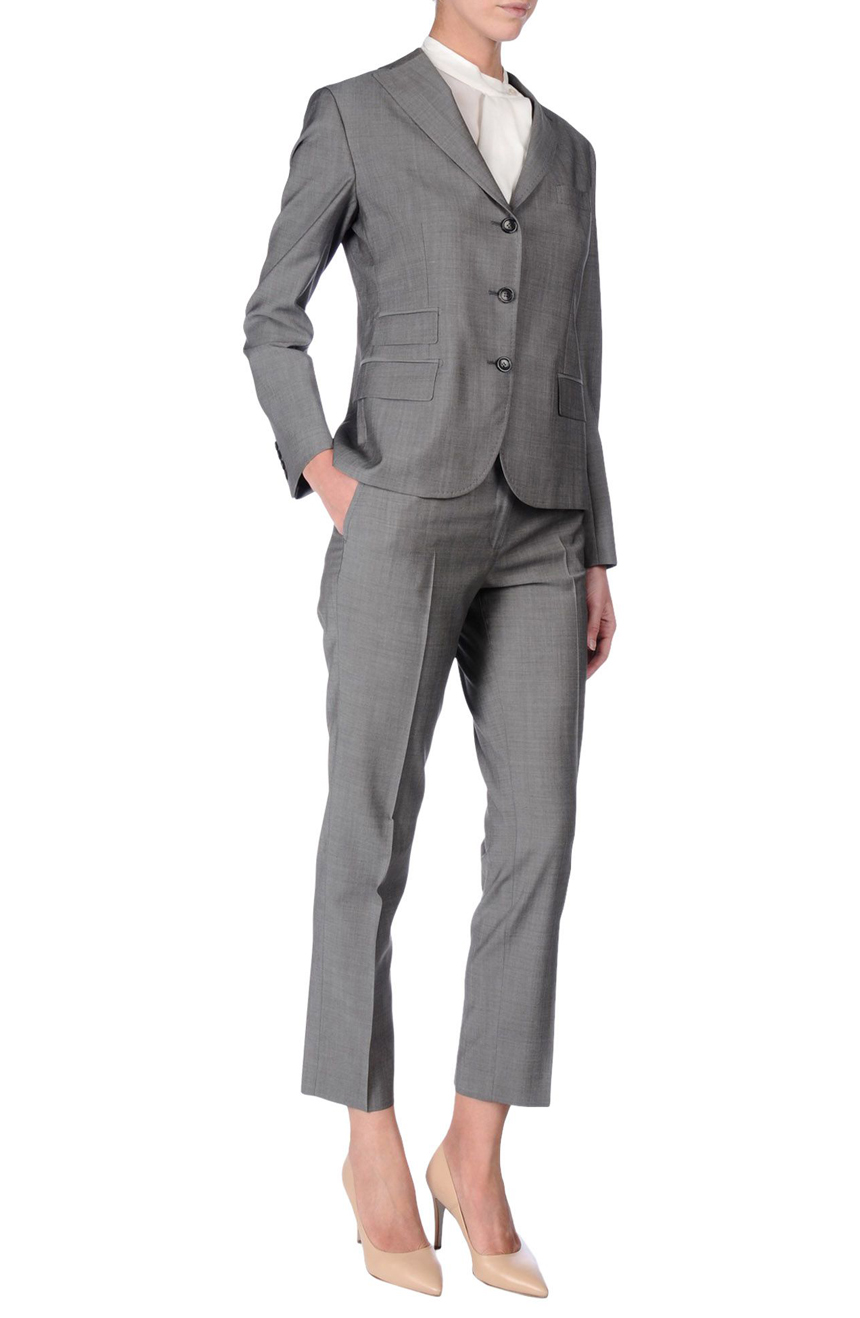Tailor Tuxedos Perth: Custom Tuxedos for Unique Occasions
Tailor Tuxedos Perth: Custom Tuxedos for Unique Occasions
Blog Article
Comprehending the Tailoring Process: From Textile Option to Final Suitable for the Ideal Closet
The tailoring procedure is an intricate interaction of art and scientific research, beginning with the crucial decision of material selection and culminating in the specific adjustments of final installations. Each material type brings unique qualities that affect not only the aesthetic appeal however also the garment's longevity and suitability for numerous celebrations.
Value of Textile Option
Selecting the best fabric is crucial in the customizing process, as it directly affects the comfort, sturdiness, and total aesthetic of the final garment. The selection of textile sets the foundation for the garment's performance, capability, and design. Various fabrics possess one-of-a-kind properties, such as breathability, stretch, and weight, which can considerably affect exactly how the garment drapes and fits the body.

A customized item made from an ideal material not just showcases craftsmanship yet likewise boosts the wearer's self-confidence. Subsequently, comprehending the subtleties of textile option is critical for any customizing undertaking. It ensures that the end product not just meets the aesthetic wishes of the client but also aligns with functional requirements, therefore achieving an unified equilibrium between form and feature in the customized wardrobe.
Sorts Of Fabrics and Their Usages
Recognizing the different kinds of textiles readily available is vital for making educated decisions throughout the customizing process. Each material possesses unique features that determine its suitability for particular garments and celebrations.
Cotton, understood for its breathability and soft qualities, is suitable for informal wear and summer season clothing. Its convenience allows it to be tailored into every little thing from tee shirts to gowns. Woollen, on the other hand, is preferred for its heat and structure, making it an outstanding choice for formal matches and outerwear. Its natural flexibility aids garments keep shape over time.
Silk shows luxury and is lightweight, making it best for eveningwear and delicate blouses; nevertheless, it needs cautious handling due to its fragility. Linen, with its textured surface, is a prominent selection for warm climates, providing a crisp and ventilated feel, however it wrinkles conveniently, which may influence the garment's appearance.
Artificial materials, such as polyester and nylon, offer toughness and resistance to wrinkles, making them ideal for everyday wear and energetic clothing. Comprehending these textile types and their homes enables far better decision-making, making certain that each tailored piece not only fits well but likewise lines up with the intended objective and event.
The Tailoring Techniques Clarified
The art of tailoring relies upon a range of strategies that transform material into well-fitted garments. Central to this procedure is pattern drafting, where a tailor creates themes based on the client's measurements and wanted style. This first step guarantees that the garment will certainly fit the user properly before any type of reducing occurs.
Once patterns are established, reducing strategies enter play. Accuracy is navigate here extremely important as mistakes can lead to misfitting garments. Tailors usually make use of various cutting techniques, such as single-layer reducing for elaborate layouts and multiple-layer reducing for efficiency on basic patterns.
Basting is one more vital technique, allowing tailors to temporarily sew textile items together for a preliminary installation (wedding suits perth). This approach provides the opportunity to evaluate the drape and total shape before final sewing
Seaming methods, including flat-felled joints and French joints, improve the garment's longevity and aesthetic allure. Tailors additionally employ techniques such as interfacing and padding to offer framework and form to specific areas, like collars and shoulders.
Last but not least, ending up strategies, including hemming and edge finishing, guarantee the garment's durability while offering a polished look. With each other, these strategies develop the backbone of effective tailoring, causing elegant, tailor-made clothing.

Fitting Changes and Considerations
After the first tailoring strategies have been used and the garment is constructed, suitable changes come to be critical to attaining the ideal fit. These changes deal with numerous aspects of the garment, ensuring it contours to the wearer's body form and enhances overall appearance.

The rise of pants is an additional vital aspect; it must rest easily over the hips without causing discomfort, enabling convenience of movement. Hemming sizes for both trousers and skirts need to mirror the user's favored design while valuing proportions.
In addition, attention must be provided to the back of the garment, ensuring that there are no undesirable pulls or excess material - custom suits perth. Each change must be thoroughly thought about, as even small modifications can dramatically impact the general fit and aesthetic of the tailored item, eventually resulting in a closet that shows confidence and refinement
Maintaining Your Tailored Garments
Always adhere to the care tag instructions, which might recommend completely dry cleaning for delicate textiles or machine cleaning for more long lasting products. Prevent constant go to my site laundering, as this can wear down the material and alter the garment's form.
Storage is equally important; usage padded wall mounts for jackets and layers to maintain shoulder structure, and shop pants folded up neatly or hung to stop creasing. Shield garments from straight sunshine, which can discolor colors and damages fibers.
In addition, regular assessments for minor repair services can prevent larger problems. Check for loose switches, fraying joints, or indicators of moth damages, dealing with these problems promptly to keep the garment's stability.
Finally, consider seasonal turning. Wearing tailored pieces in small amounts permits materials to recoup, extending their life expectancy. By implementing these maintenance strategies, you can make sure that your tailored garments continue to be as pristine as the day you first wore them, improving your ideal closet for several years ahead.
Verdict
The customizing process, encompassing fabric option, knowledgeable methods, and specific suitable adjustments, plays a vital role in producing garments that improve both convenience and design. Each stage adds to the general effectiveness of the last product, making certain that apparel not only fits well but additionally reflects specific identity. Moreover, recognizing the value of maintenance extends the life of tailored garments, solidifying their value in a well-curated closet. A comprehensive technique to customizing finishes in a refined and positive appearance.
Report this page